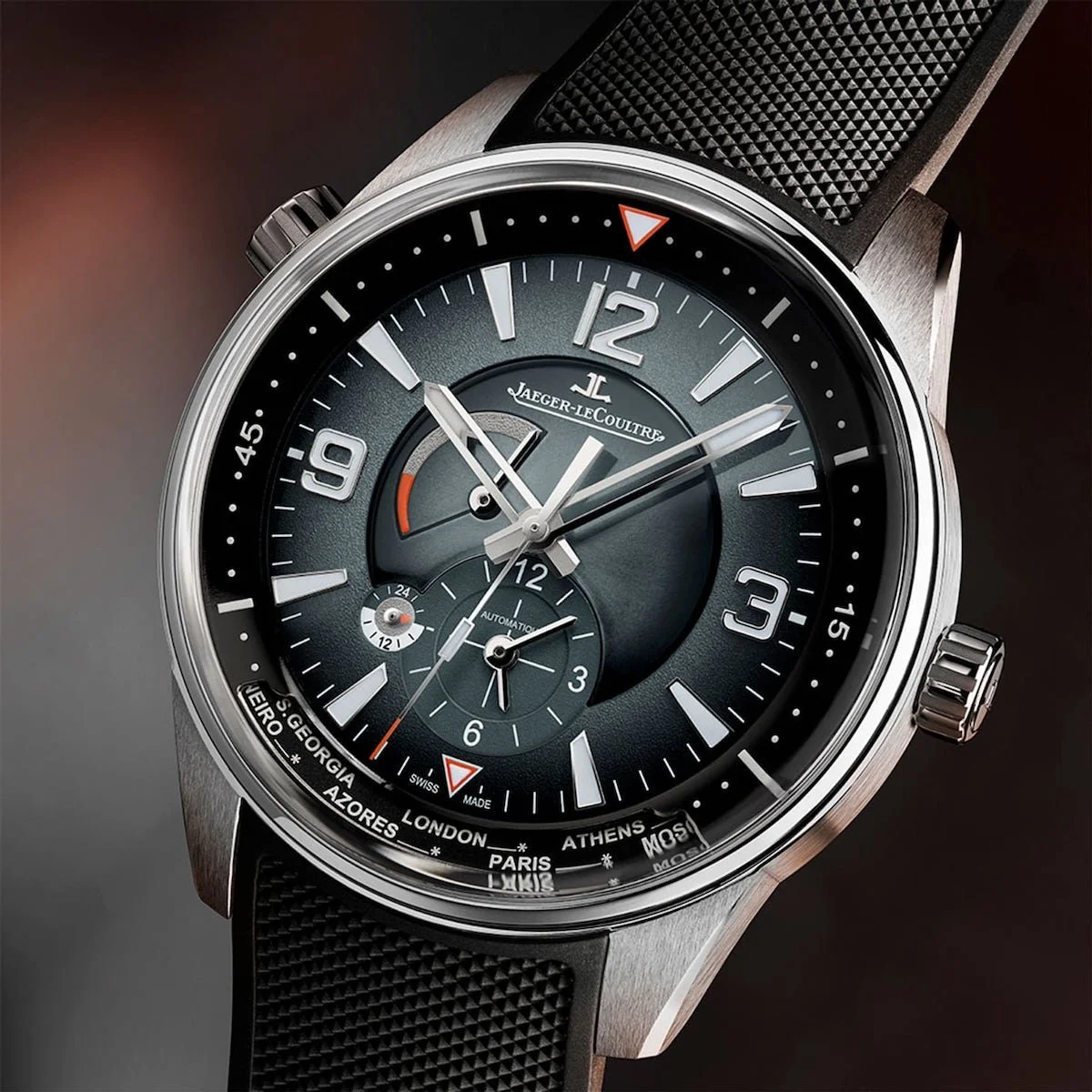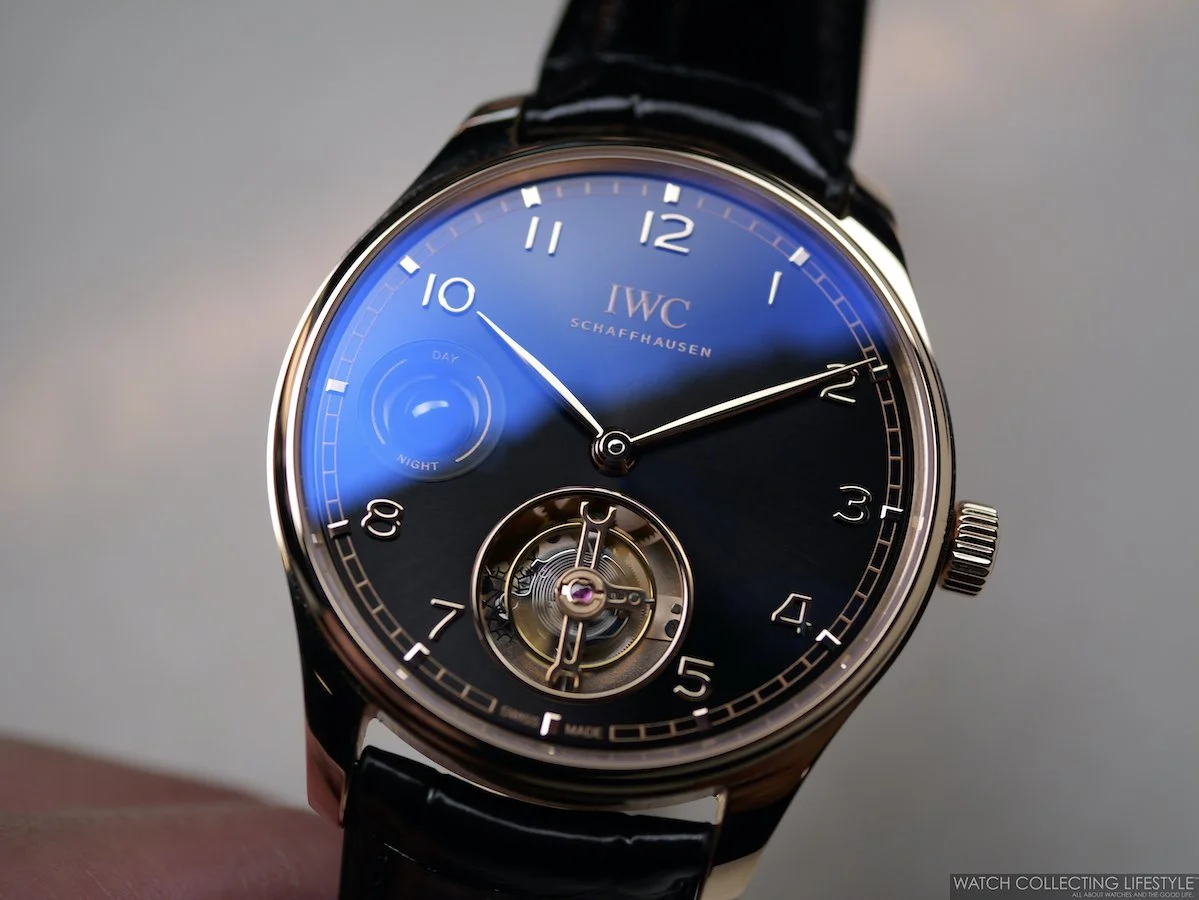This year at the SIHH 2017, Vacheron Constantin took the show with one of the most impressive wristwatches we've ever seen. One of the most complicated and exceptional wristwatches ever produced is the new Vacheron Constantin Les Cabinotiers Celestia Astronomical Grand Complication ref. 3600 Unique Piece. This timepiece that is beyond impressive, took five years to develop all the way from scratch, along with two years of design by one dedicated master watchmaker at Vacheron Constantin. The Vacheron Constantin Celestia Astronomical Grand Complication includes 23 complications in a fully integrated movement composed of 514 parts. This new timepiece is now the most accurate Equation of Time in the market. An Equation of Time watch keeps track of the difference between mean solar time —as shown by clocks and watches— and apparent solar time —indicated by sundials—, which varies with the time of year.
The Timepiece
The Vacheron Constantin Celestia Astronomical Grand Complication ref. 3600 combines astronomy and the art of watchmaking in a generous 45 mm diameter x 13.6 mm thick 18K white gold case. The complications in the Vacheron Constantin Celestia include: Time, perpetual calendar, day/night indication, precision moon phase, age of the moon, running equation of time, sunrise and sunset times, day and night length, seasons, solstices, equinoxes and zodiacal signs, tide level indicator; Sun-Earth-Moon conjunction, opposition and quadrature; transparent sky chart of the northern hemisphere with indication of the Milky Way, of the ecliptic and celestial equator; hours and minutes of sidereal time, tourbillon, 3 weeks of power reserve with six-coupled barrels and power reserve indication.
The Dial & Functions
With its twin-dial —front and back— the Vacheron Constantin Celestia Astronomical Grand Complication ref. 3600 tastefully records 23 astronomical complications. While its slate grey dial on the front includes 15 complications, the reverse includes a fascinating celestial chart on two sapphire discs, a tourbillon, sidereal time and five more complications. The Vacheron Constantin Celestia provides the reading of time in three modes —civil, solar and sidereal— each driven by its own gear train. On the front, the 15 artfully arranged complications include readings of civil and solar time —running equation of time— by three coaxial hands and a perpetual calendar with a precision moon phase indicator. Representing a ‘memory’ of time yet to come, a perpetual calendar is able to keep track of the irregularities of the Gregorian calendar with no need for any intervention other than a date change every 400 years. It displays the day of the week, the month and the leap-year cycle through apertures, while pointing to the date with a serpentine hand.
A remarkable feat of miniaturization and engineering, the new Vacheron Constantin calibre 3600 —an integrated movement comprising 514-part while measuring just 8.7mm thick— controls more than 20 functions and has a three-week power reserve. It is yet another vivid demonstration of the technical expertise cultivated by the Maison in the field of astronomical complications. This expertise dates back to the late 19th century, with pocket-watches featuring a perpetual calendar, moon phases and sidereal time; and later, in 1914, equipped with a running equation of time display. More recent exceptional models such as the Vacheron Constantin Tour de l’Île —16 complications— presented in 2005 and the Vacheron Constantin reference 57260 —the world’s most complicated watch with 57 complications— in 2015 bear further eloquent testimony to this path marked by remarkable achievements.
Epitomizing the peak of horological mastery, this unique timepiece equipped with a wealth of astronomical complications united within an incredibly small area represents an impressive sum of knowledge, calculations and fine adjustments. Its captivating functions notably feature the triple-time civil, solar and sidereal displays powered by three distinct gear trains, including a “tropical” gear train dedicated to all the solar functions. Swept over by a pair of white gold open-tipped hands, civil —or standard— time is read off in the traditional manner on the front dial. Civil time is a universally recognized mean time based on the fictional principle that the Sun moves around the equator at a constant speed throughout the year, averaging one full turn every 24 hours. This convenient and conventional choice divides the year into 365.25 days, each day into 24 hours and each hour into 60 minutes.
True solar time is on the other hand based on the visible trajectory of the Sun in the course of the day, expressed through its hour angle measured at a given place and time. Depending on the day of the year, the difference between solar time and mean time ranges from +14 to -16 minutes, with the two exactly coinciding only four times a year. This discrepancy is due to the fact that the Earth’s orbit is elliptical —and not round; that the Sun is not in the center of this ellipse; that the Earth does not follow this orbit at a constant speed; and lastly that the Earth’s rotation axis is tilted in relation to the plane of its orbit. These precious functions are complemented by sunrise and sunset times, pointed two by slim hands moving over two graduated scales, as well as the length of day and night appearing on a special gauge at 6 o’clock.
Thirdly, sidereal time is read off on the back of the watch. Technically regarded as an astronomical time scale based on the Earth’s rate of rotation measured with respect to the apparent motion of the ‘fixed’ stars as observed from a local meridian, sidereal time differs from mean time by approximately four minutes per day, meaning that 24 sidereal hours correspond to 23 hours, 56 minutes and 4 seconds of civil time. Sidereal hours and minutes are indicated in an original and refined way by means of two superimposed sapphire discs. The lower one forming the background features the celestial dome, the celestial time minute-track and the four cardinal points; while the second one placed on top bears the constellations, the projections of the equator —white circle— and the ecliptic —red circle— depicting the Sun’s annual trajectory as seen from Earth. This Lambert projection is an authentic scientific map corresponding to the constellations in the Northern Hemisphere.
To measure and display the difference between civil and solar time, this timepiece is equipped with a complex and refined equation of time mechanism. Moreover, the latter is also a ‘running’ equation of time, a kind rarely seen in wristwatches and indicating solar time by means of an additional coaxial pink gold minutes hand adorned with a cut-out sun.
The equation of time is generally displayed by a hand moving across an auxiliary sector with a scale running from +14 to -16 minutes and requiring a bit of mental arithmetic to check solar time. The running equation of time is far more complex to create and enables instant readings of solar and civil times. To ensure exactitude and precision, Vacheron Constantin has adjusted it to a tropical gear train simulating the tropical year, meaning the time the Earth takes to make a full turn around the Sun and corresponding to 365.2421898 days.
Just as if all the astronomical complications on this watch weren't impressive enough, the Vacheron Constantin Celestia features a mareoscope composed of a tide level indicator and a 3D depiction of the Earth-Moon-Sun alignment. Tides are governed by physical laws and depend on the gravitational attraction and centrifugal forces of these three heavenly bodies.
As far as the moon phase goes, the fascinatingly elegant precision of the moon phase display requires a one-day correction only once in 122 years and is read off by means of two superimposed discs bearing a laser-engraved true image of the full moon, a day/night indication and the age of the moon —meaning the number of days elapsed since the last full moon.
On the back of the watch, the second dial is Composed of two superimposed sapphire discs, with a translucent celestial chart for which a patent has been filed. In the foreground, this display depicts the constellation viewed from the Northern Hemisphere, ringed by an anthracite inner bezel ring showing the months of the year as well as a gauge-type power-reserve indicator.
On this same transparent disc, two ellipses —one red and the other white— respectively correspond to the projections of the ecliptic and the celestial equator. Positioned beneath the constellation, a second disc rimmed by a graduated scale displays sidereal time and the four cardinal points, while an anthracite-coloured sphere reveals a see-through view of the celestial map. In addition, this innovative sky chart also provides a fascinating glimpse of the tourbillon at 6 o’clock.
The movement took five years of development, from the start of its fully integrated conceptualization through to the finishing touches on its refined exterior. This mechanical manual wound movement not only achieves the feat of combining more than 20 horological complications —including three distinct times driven by three dedicated gear trains— but also has an extraordinary three-week power reserve ensured by six barrels, coupled by three. It naturally takes considerable energy to ensure that such an impressive number of astronomical indications operates with all due precision. To achieve this, the Manufacture worked simultaneously on two fronts: by seeking to save energy on the one hand, and by increasing the size of its power supply. So as to optimize the energy stored as well as its transmission, the barrel springs are made from a sturdy and ductile Bioflex alloy, while the involute gears mesh in an ideal manner. Finally, the six barrels coupled by three guarantee a substantial storage volume, while keeping the caliber as slim as possible at only 8.7 mm thick. The resulting ensemble is a true feat of miniaturisation comprising 514-part finely adjusted and meticulously decorated parts and measuring just 8.7 mm thick! This unique mechanism, equipped with a tourbillon featuring a large balance wheel for enhanced precision and regularity, fits neatly inside an elegant 45 mm-diameter white gold case.
On the Wrist & Pricing
On the wrist, you all can imagine how amazing it feels to wear such a feat of horology and the most impressive watch presented at the Salon de la Haute Horlogerie Genève this year. Wearing true to its size and with the most impressive wrist presence, this watch is the most complicated watch we've had the pleasure to peruse and wear on our wrist.
Presented in the collection Les Cabinotiers, made of exclusive timepieces, this astronomical supercomplication model exemplifies the tradition of Geneva’s 18th century “cabinotiers”. These highly specialized watchmaking artisans in their attic workshops created authentic bespoke masterpieces intended for prestigious clients around the world.
The quintessentially rare Les Cabinotiers Celestia Astronomical Grand Complication ref. 3600 is issued in a unique piece. Fitted with an alligator leather strap secured by a white gold pin buckle, it comes in a luxurious presentation box adorned with wood marquetry. On the wrist, you all can imagine how amazing it feels to wear such a feat of horology and the most impressive watch presented at the Salon de la Haute Horlogerie Genève this year.
Sticker Price TBC. For more info on Vacheron Constantin click here.














